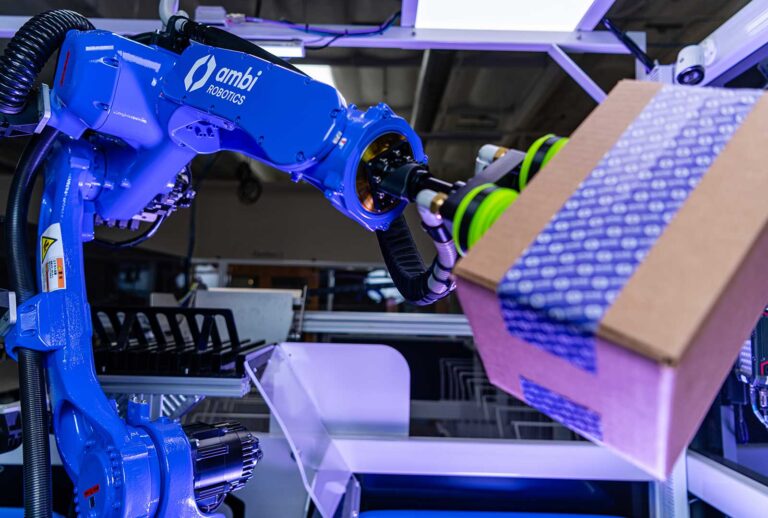The Future of Parking: Integrated Payments & Mobility Hubs
Neil Golson, Executive Vice President of Marketing and Strategic Partnerships, FLASH joined Grayson Brulte on The Road to Autonomy podcast to discuss how software and partnerships are enabling the future of parking —integrated payments and mobility hubs.
The conversation begins with Neil sharing his insight into the current state of the parking business. While parking demand is still down 65% pre-COVID, the industry is beginning to rebound as consumers begin to travel again.
FLASH has an interesting insight into the parking industry as they do not own the asset, they are the software layer that enables parking operators to efficiently manage their facilities.
Our role is to enable [parking operators] and to drive their technology so that they can differentiate their own asset.
– Neil Golson
One of the neat ways FLASH is enabling parking operators to create new sources of revenue is their digital wallet offering that integrates services such as Ticketmaster and OpenTable. This eliminates friction for parking customers and simplifies the transaction.
Another way, FLASH is eliminating friction is by re-thinking having a redundant system in place for when the tickets run out at a parking kiosk. FLASH’s system automatically switches to another mode such as scanning your license plate or using your credit card as a ticket.
This all boils down to what is the best customer experience and what can we do to enhance the customer experience. Neil goes onto explain the ways that FLASH is constantly working to improve the parking experience and ways to increase revenue for parking operators.
Our system can change on a dime.
– Neil Golson
With a flexible system, customers benefit as FLASH can remotely change lane directions to ensure individuals can get into the game faster and exit faster with dynamic lanes. Grayson asks Neil, what’s the next step in improving the customer experience. Neil goes onto explain how FLASH is working with Target to integrate a parking and charging experience which is tied to purchases.
One of the keys to building out mobility hubs is partnerships. One of the partnerships that FLASH has is with EVBox. Grayson asks Neil about the partnership and why FLASH ultimately decided to partner with EVBox.
EVBox really saw the opportunity to separate hardware from software.
– Neil Golson
Ultimately it was EVBox’s open-architecture platform that sealed the deal as FLASH could customize the software for their customers. With FLASH actively preparing for a future with electric vehicles, Grayson goes onto to ask Neil how the company is actively preparing for a future with autonomous vehicles.
The company is actively preparing for an autonomous future by fully understanding the asset down to the curb, the size of the parking space, and how the vehicles will pay to park.
We power the Porsche app. Porsche only wanted to put parking spaces that were of a certain width to make sure that Porsche drivers didn’t get dinged.
– Neil Golson
This approach creates value for the Porsche brand as Porsche customers do not have to worry about parking in a space that is too close to another car.
In Las Vegas, FLASH has a partnership with the City of Las Vegas to allow Uber drivers to park in a staging area while waiting for a ride. Looking to the future, Grayson asks Neil if FLASH is using the data from this partnership to model for a future with autonomous vehicles.
Rounding out the mobility hub strategy, FLASH has a partnership with SwiftMile to solve the clutter issue with scooters laying around parking assets.
Wrapping up the conversation, Grayson and Neil discuss parking infrastructure assets and what happens when individuals begin to travel in large numbers again.
Follow The Road to Autonomy on Apple Podcasts
Recorded on Thursday, April 1, 2021




